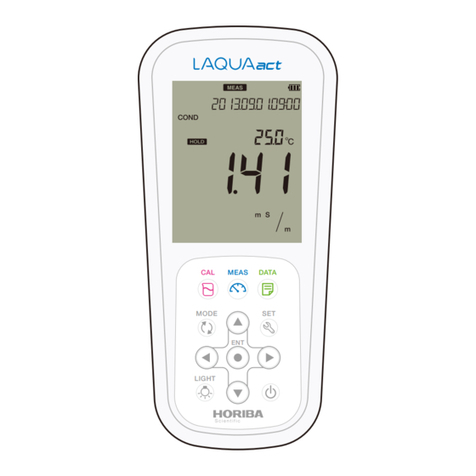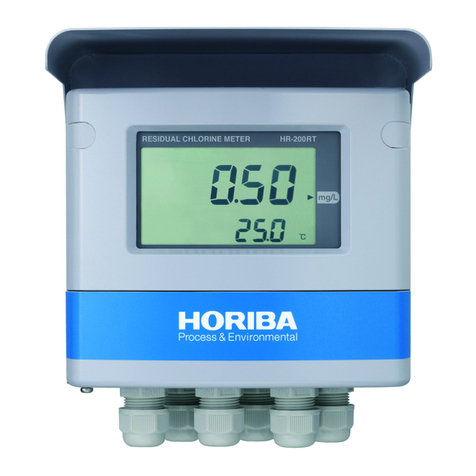horiba ihr550 Owner's manual
Other horiba Measuring Instrument manuals

horiba
horiba SF-1U User manual

horiba
horiba D-73 Installation guide

horiba
horiba ES-51 User manual
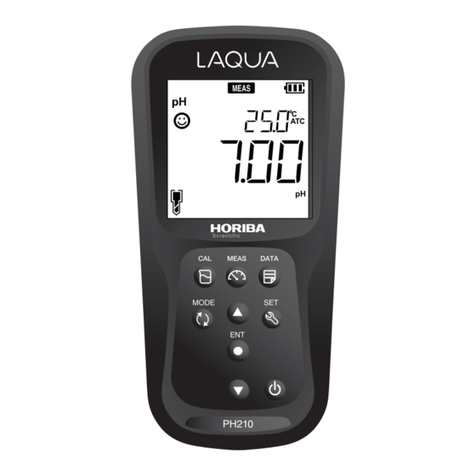
horiba
horiba LAQUA 200 Series User manual
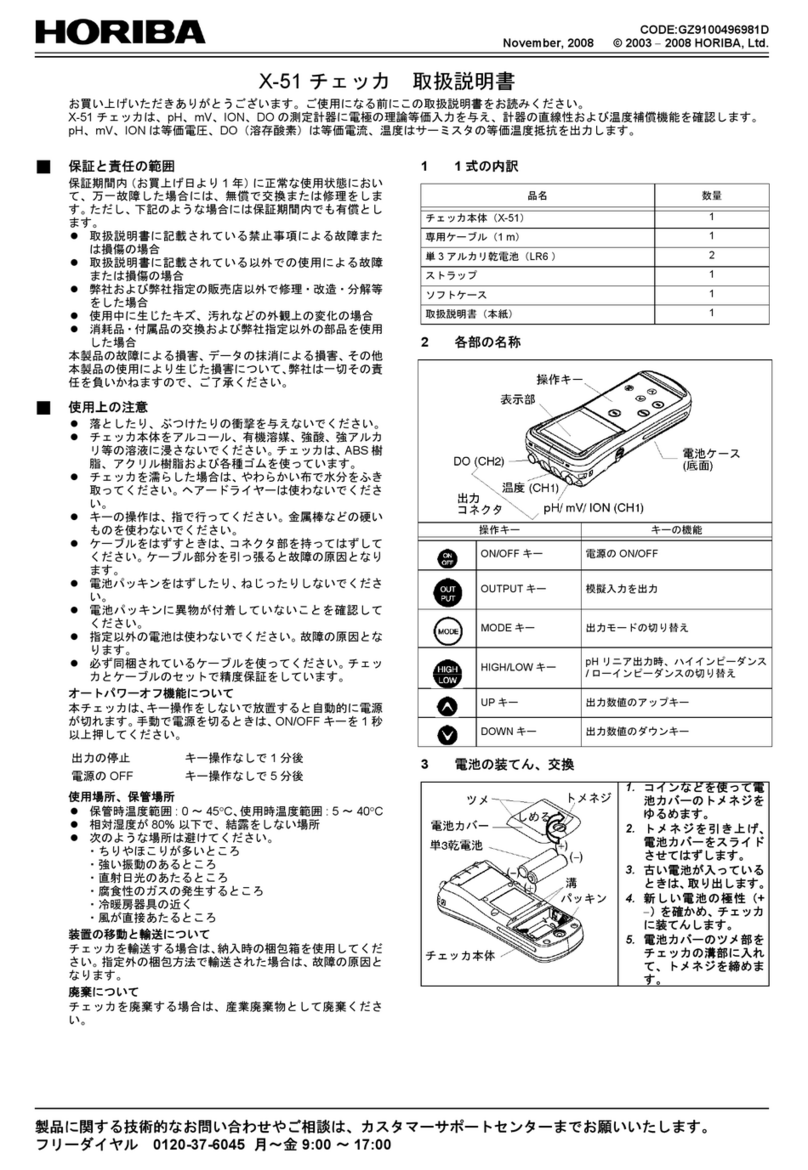
horiba
horiba X-51 User manual

horiba
horiba LAQUAact-EC110 User manual

horiba
horiba LAQUAact D-74 Installation guide

horiba
horiba TW-100 User manual

horiba
horiba ISFET 0040-10D User manual
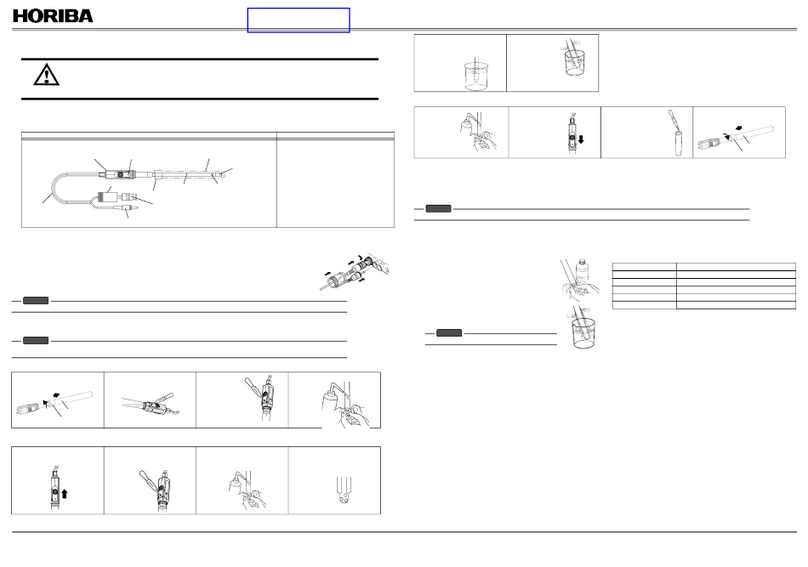
horiba
horiba 9678-10D User manual
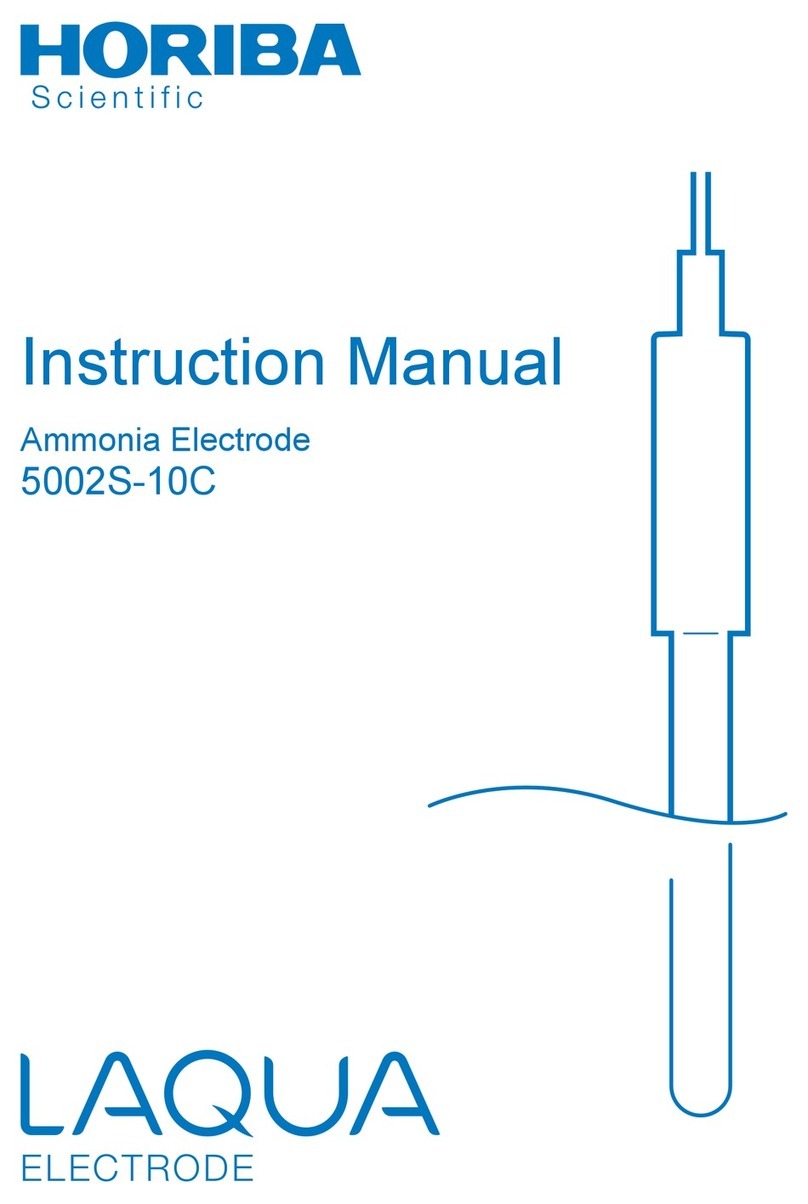
horiba
horiba 5002S-10C User manual
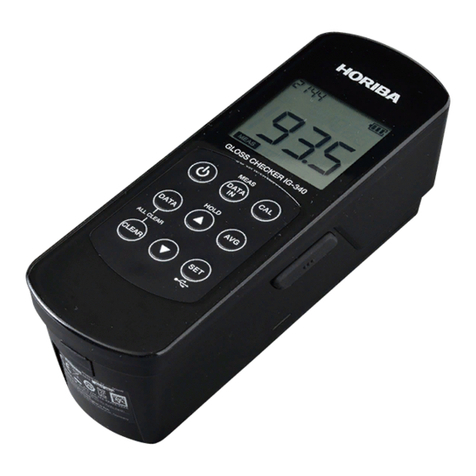
horiba
horiba IG-340 User manual
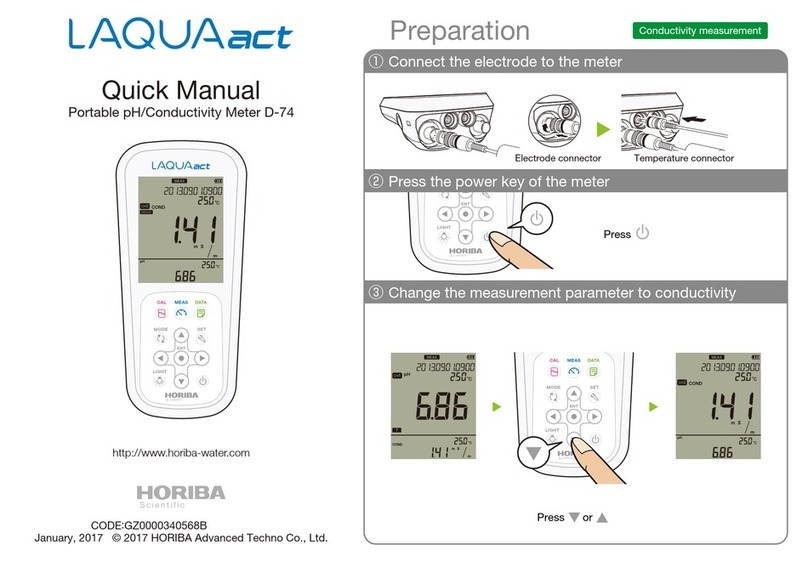
horiba
horiba LAQUAact D-74 Installation guide
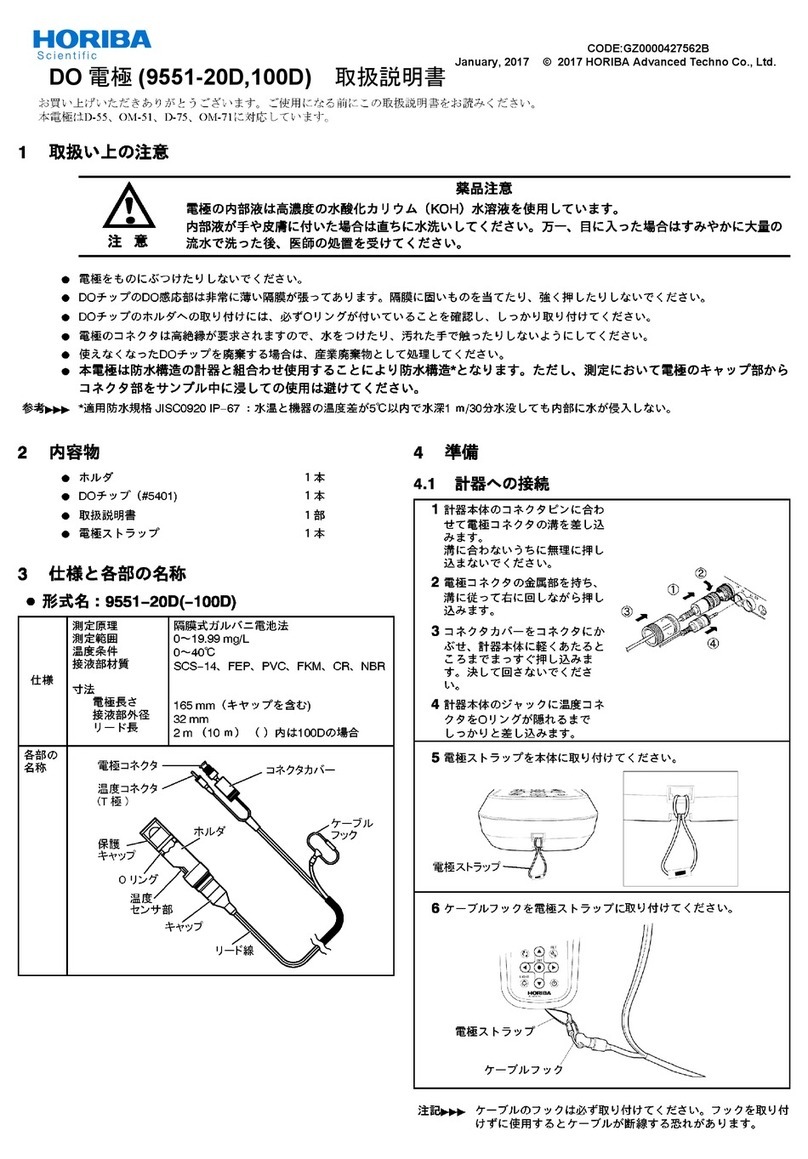
horiba
horiba 9551-20D User manual

horiba
horiba APOA-370 User manual

horiba
horiba F-70 Series User manual

horiba
horiba F-70 Series User manual
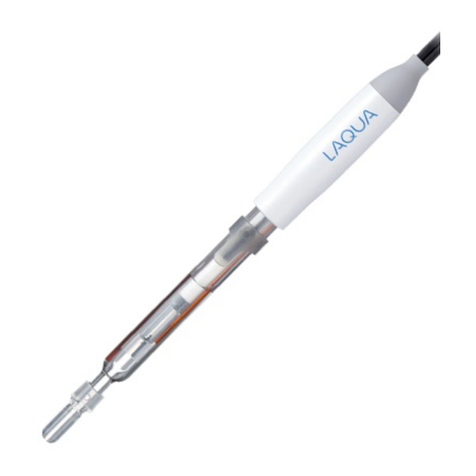
horiba
horiba 9681-10D User manual
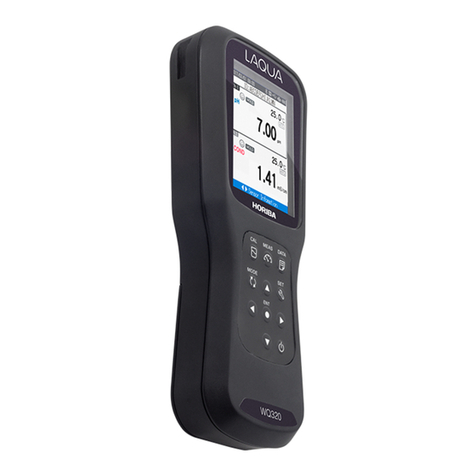
horiba
horiba LAQUA WQ-310 User manual

horiba
horiba OPSA-150 User manual
Popular Measuring Instrument manuals by other brands

Powerfix Profi
Powerfix Profi 278296 Operation and safety notes

Test Equipment Depot
Test Equipment Depot GVT-427B user manual

Fieldpiece
Fieldpiece ACH Operator's manual

FLYSURFER
FLYSURFER VIRON3 user manual

GMW
GMW TG uni 1 operating manual

Downeaster
Downeaster Wind & Weather Medallion Series instruction manual

Hanna Instruments
Hanna Instruments HI96725C instruction manual

Nokeval
Nokeval KMR260 quick guide

HOKUYO AUTOMATIC
HOKUYO AUTOMATIC UBG-05LN instruction manual

Fluke
Fluke 96000 Series Operator's manual

Test Products International
Test Products International SP565 user manual

General Sleep
General Sleep Zmachine Insight+ DT-200 Service manual
